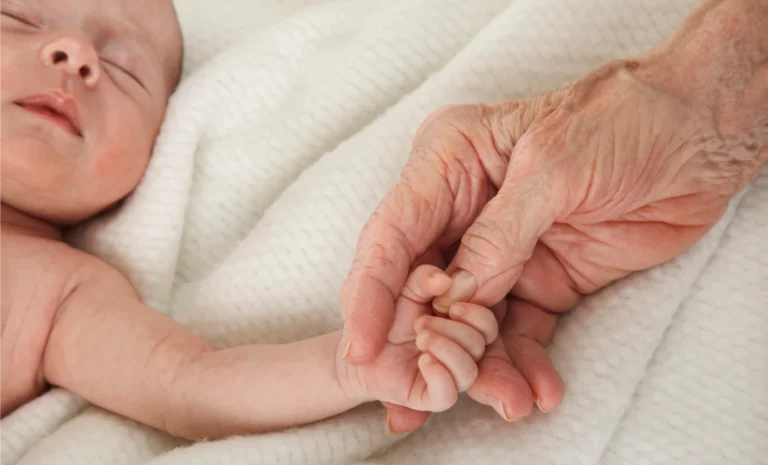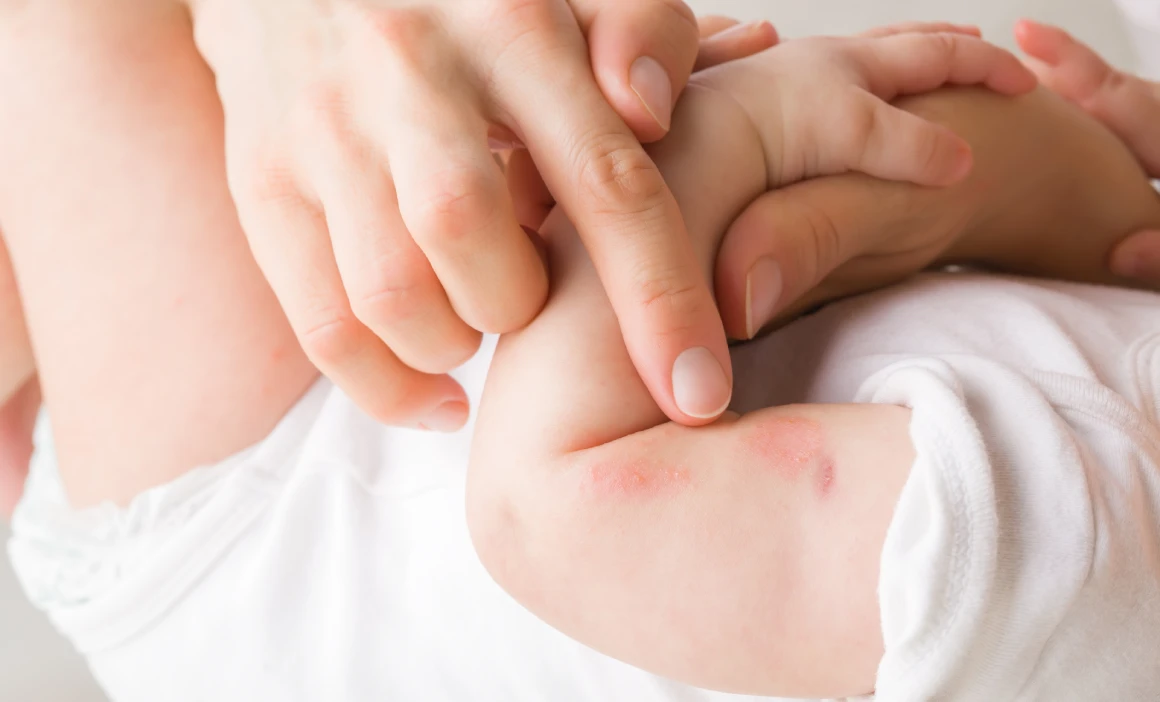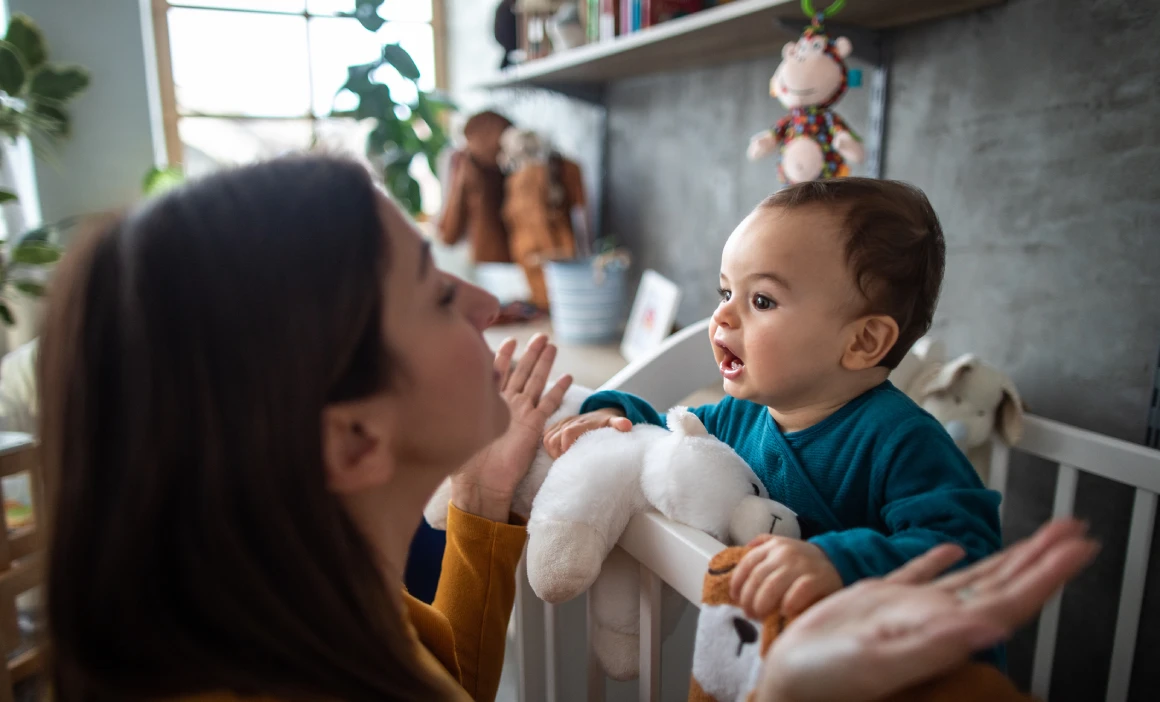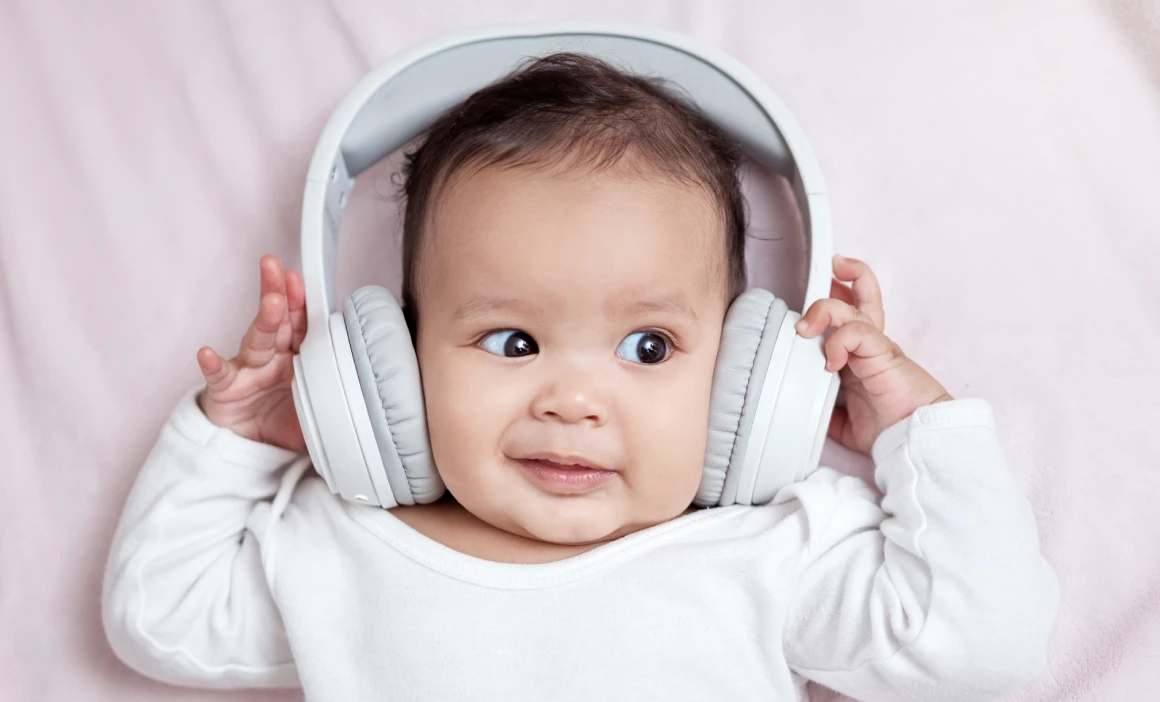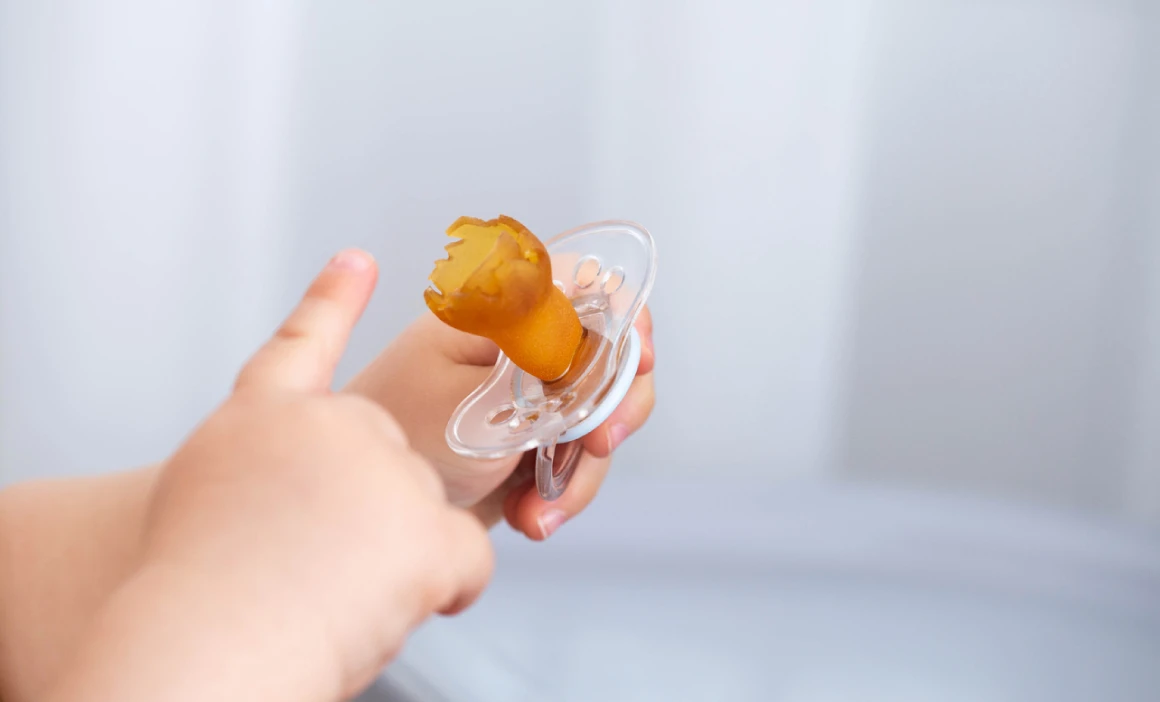
Dummies (Pacifiers) for Babies: Benefits, Risks, and What Parents Should Know

Cradle of Nutrition
- 4 minutes read
As a parent, you want to provide the best care for your baby. One decision you may face is whether or not to introduce a pacifier (also known as a dummy) to your infant. Dummies (Pacifiers) for babies can be a helpful tool in soothing your baby, but like anything, they come with both benefits and risks. This guide will explore the advantages, disadvantages, and what to look for when choosing a pacifier for your child.
How Do Pacifiers Work?
A pacifier, typically made of rubber or silicone, serves as a soothing tool for babies, offering comfort, helping them calm down, or aiding in sleep. The natural sucking reflex is triggered when a baby uses a pacifier, which helps them feel secure and relaxed. Let’s take a closer look at the advantages and disadvantages of using a pacifier.
The Advantages of Using a Pacifier
1. Soothing and Comforting
One of the most significant advantages of pacifiers is their ability to soothe and comfort babies. Sucking on a pacifier can calm a fussy baby, reduce stress, and provide emotional comfort when they are feeling upset.
2. Helps Babies Fall Asleep Faster
Many parents use pacifiers to help their babies fall asleep more quickly. The act of sucking can trigger a calming response, allowing babies to settle down and sleep soundly.
Tip: If you are struggling with your baby’s sleep, pacifiers might be a simple solution for sleep training.
3. Reduced Risk of SIDS (Sudden Infant Death Syndrome)
Offering a pacifier during sleep has been linked to a lower risk of SIDS. While the exact mechanism is not fully understood, it is believed that pacifiers may help maintain an open airway while your baby sleeps.
4. Teething Relief
Babies often experience discomfort during teething. The act of sucking on a pacifier can provide temporary relief, helping to ease the pain and pressure on their gums.
5. Encourages Self-Soothing
Using a pacifier can help babies develop self-soothing skills. Instead of constantly relying on their parents to calm them, babies learn to soothe themselves, which can benefit both the child and parents, especially during sleep training.
Tip: Encouraging self-soothing is a key component of effective sleep routines.
The Disadvantages of Using a Pacifier
1. Potential Impact on Dental Health
Prolonged pacifier use, especially beyond the age of 2, can have an impact on dental development. It may lead to misalignment of teeth or affect the shape of the mouth.
Dental care is crucial, and using pacifiers beyond the recommended age can lead to complications.
2. Interferes with Breastfeeding
For newborns, introducing a pacifier too early can interfere with breastfeeding. If a baby uses a pacifier excessively, they may not nurse as often, which could lead to poor latch or decreased milk supply.
3. Choking Hazard
Though pacifiers are designed with safety in mind, there is still a risk of choking if the pacifier is damaged or if the baby uses it incorrectly. Regular inspections and replacements are necessary to avoid risks.
Tip: Always check pacifiers for wear and tear to ensure safety.
4. Speech Development Concerns
Excessive pacifier use can interfere with speech development. If your baby constantly has a pacifier in their mouth, they may have fewer opportunities to practice speaking or babbling, which could delay language development.
What to Look for When Choosing a Pacifier
When selecting a pacifier for your baby, there are several important factors to consider. Here’s a quick guide on what to look for:
1. Age-Appropriate Size
Ensure the pacifier is suitable for your baby’s age. Pacifiers come in different sizes for different age groups, and choosing the wrong one can be uncomfortable or unsafe for your baby.
Tip: Always pick a pacifier that matches your baby’s developmental stage.
2. Material
Most pacifiers are made from silicone, rubber, or latex. Silicone is durable, easy to clean, and often preferred by parents due to its non-toxic nature. Rubber and latex are softer but wear out more quickly.
Tip: Choose non-toxic materials for your baby’s safety.
3. Orthodontic Design
Orthodontic pacifiers mimic the natural shape of the nipple and are designed to reduce the risk of oral development issues. If you’re concerned about your baby’s dental health, opt for a dentist-approved orthodontic pacifier.
Tip: Orthodontic pacifiers help promote healthy oral development.
4. One-Piece Design
A one-piece pacifier is safer than multi-piece designs. It reduces the risk of choking because there are fewer small parts that could break off.
Tip: Always choose one-piece pacifiers to minimize safety risks.
5. Ease of Cleaning
Look for pacifiers that are easy to clean. Many pacifiers are dishwasher-safe, and some come with a sterilizing case for convenience. Regular cleaning is essential to avoid bacteria buildup.
Tip: Keep your baby’s pacifier clean to avoid infections.
Pacifiers – A Helpful Tool with Caution
Pacifiers can be an effective tool for comforting, soothing, and helping babies self-soothe. They also offer potential health benefits, such as reducing the risk of SIDS and easing teething discomfort. However, prolonged use or improper use can have negative effects on dental health, breastfeeding, and speech development.
When choosing a pacifier, consider factors like size, material, and design, and always inspect it for safety. While pacifiers can be a great tool, it’s important to use them wisely and safely.
If you have concerns or need advice about pacifiers, always consult with your pediatrician to ensure that you’re making the best choice for your baby’s health and development.
By Erika Barabás
Sources:
- https://pmc.ncbi.nlm.nih.gov/articles/PMC2791559/
- Research by Fleming, PJ ∙ Blair, PS ∙ Pollard, K
- Pacifier use and sudden infant death syndrome: results from the CESDI/SUDI case control study https://pubmed.ncbi.nlm.nih.gov/10490514/

